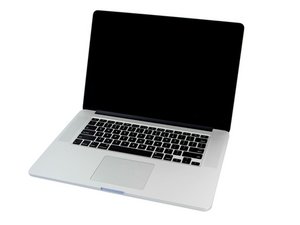Correct battery clibration after replacement
I bought a replacement battery from ifixit and installed it, then I followed the instructions:
"Calibrate your battery before using it: allow it to drain overnight, then charge it to 100% and drain it again until your MacBook Pro shuts down automatically. Charge it again and use it normally."
When I turned on my macbook after the replacement it showed a charge of 59%, then I used the the macbook until it turned off automatically, but the problem was it didn't go to hibernation on about 5% as usually, but it suddenly turned off on about 18% and all work in progress was lost. I tried everything including SMC and PRAM reset but the macbook stopped going into hibernation mode. I explained all of this in detail (including coconut battery screenshots) to the customer service and they send me a new battery saying the one I received was damaged.
Now I installed the 2nd new battery and turned the macbook for the first time on and it showed ca. 57% of charge and I continued discharging the battery by using the macbook and then I thought maybe I'm following the instructions wrongly.
The calibration instructions aren't entirely clear to me. For example the first part says "allow it to drain overnight". Does that mean I'm not supposed to turn on the macbook for the first time at all and the battery is going to discharge by itself to 0%? I don't believe the battery can drain to 0% after one night sitting in a turned off macbook, right? The second part of the instructions "then charge it to 100% and drain it again until your MacBook Pro shuts down automatically. Charge it again and use it normally" is pretty clear to me since it indicates you are supposed to use the macbook until it shuts down automatically.
So now I have a turned off macbook on ca. 40% of charge (initial delivered battery charge, 0 cycles) and I have no idea what to do since I'm afraid I could run into the same problems as first time. Could someone provide a clear step by step guide what to do after replacing the battery. Is it necessary to reset SMC again. If yes in which step? Thanks.
TL;DR: How to correctly calibrate the battery after replacement, step by step guide. What does "allow it to drain overnight" mean? To drain it by using the macbook or to let it drain in a turned off device (which would take way longer then only 1 night)? Is it necessary to reset SMC?.If yes in what step?
좋은 질문입니까?


 4
4  2
2  1
1 
